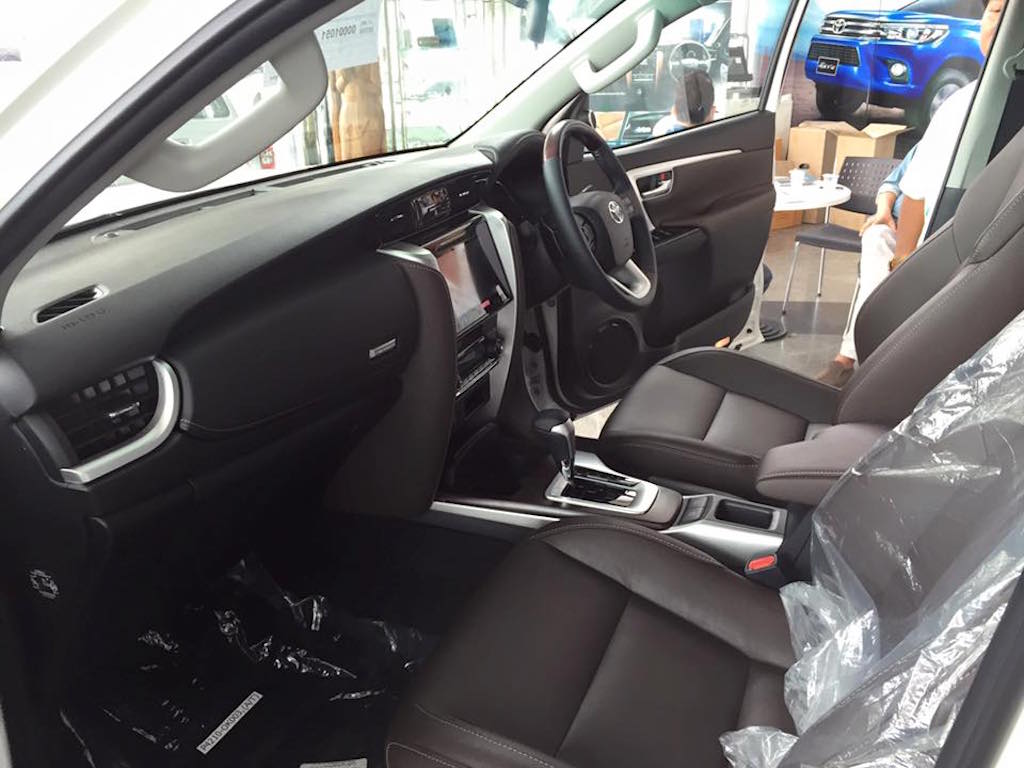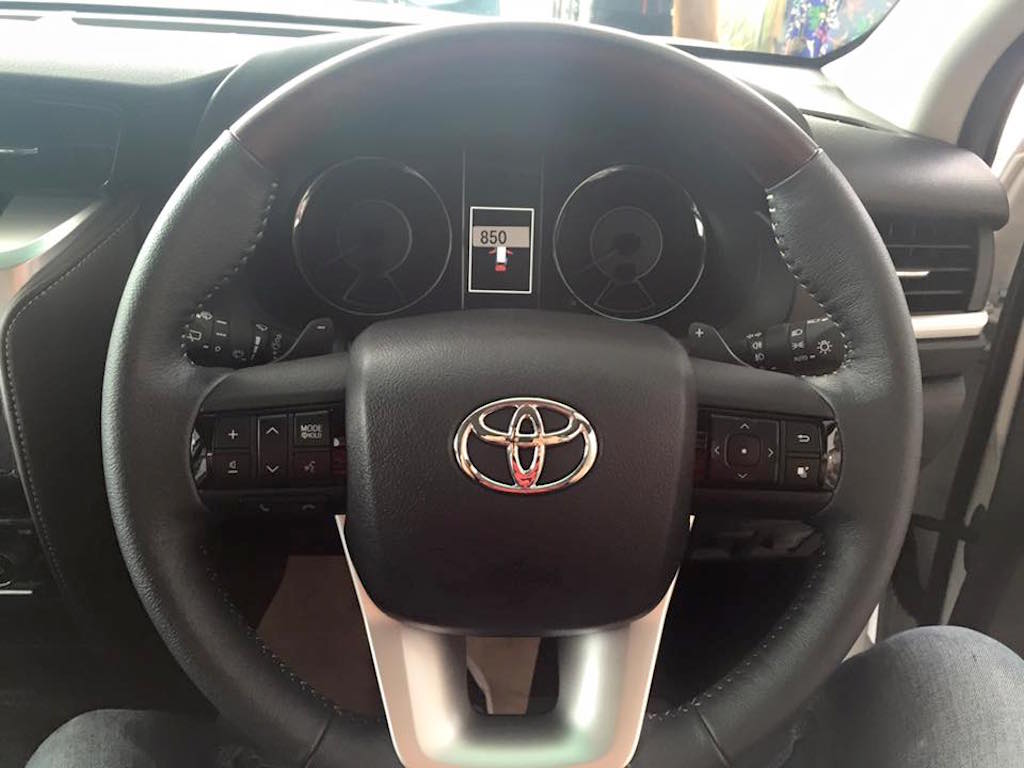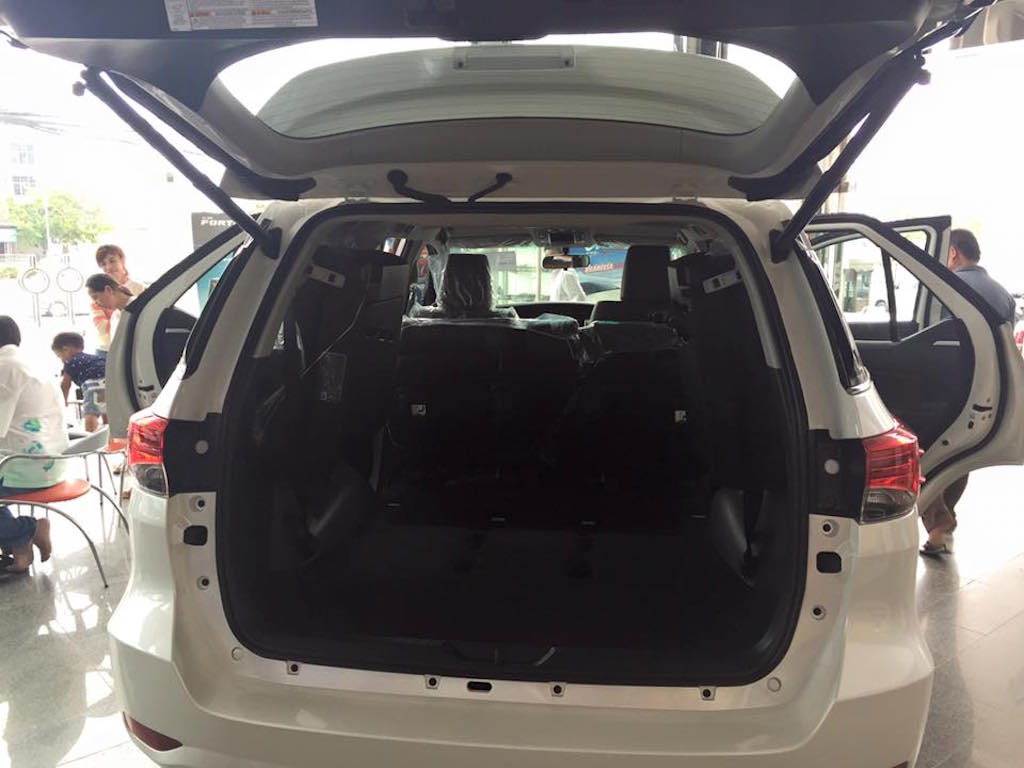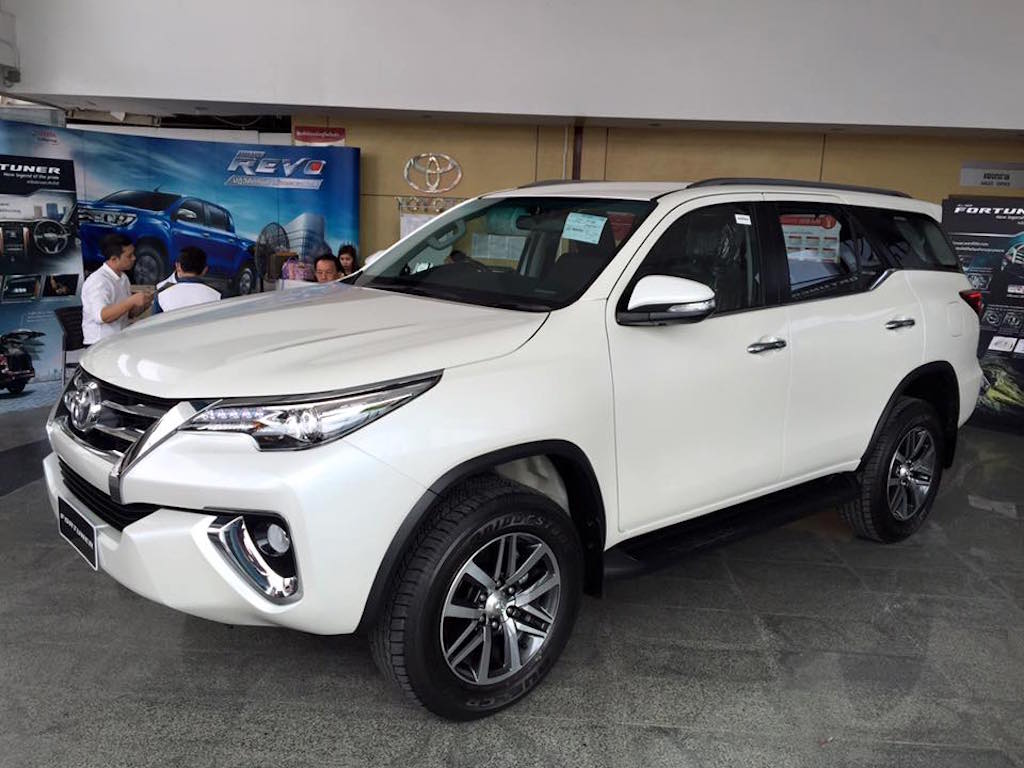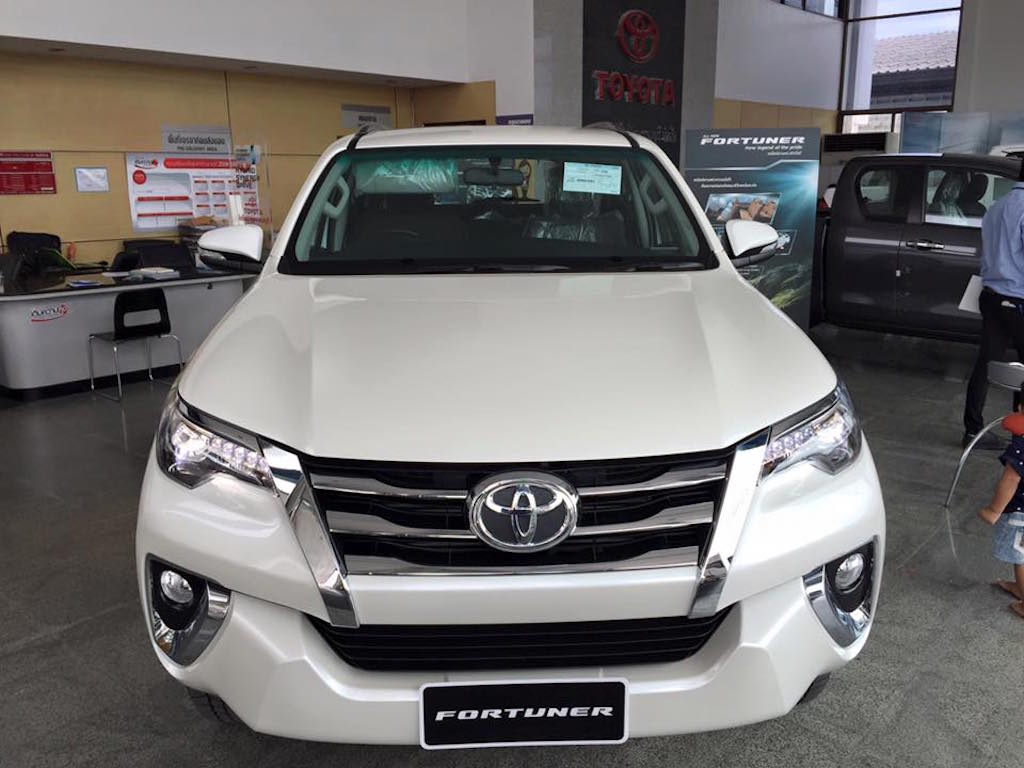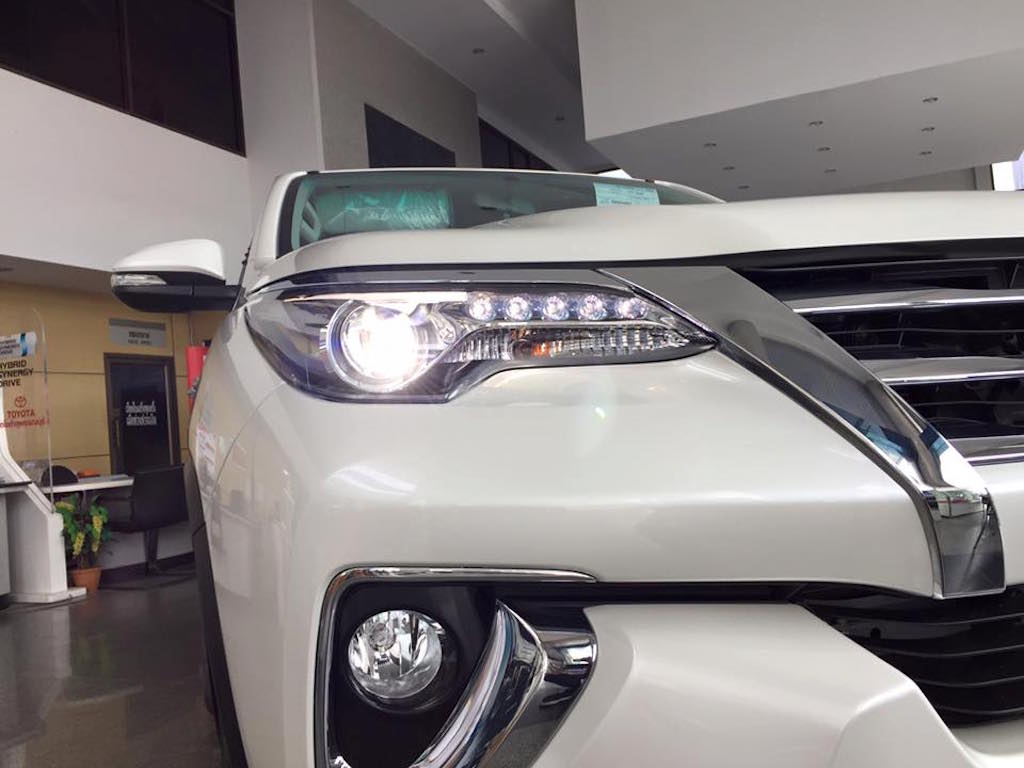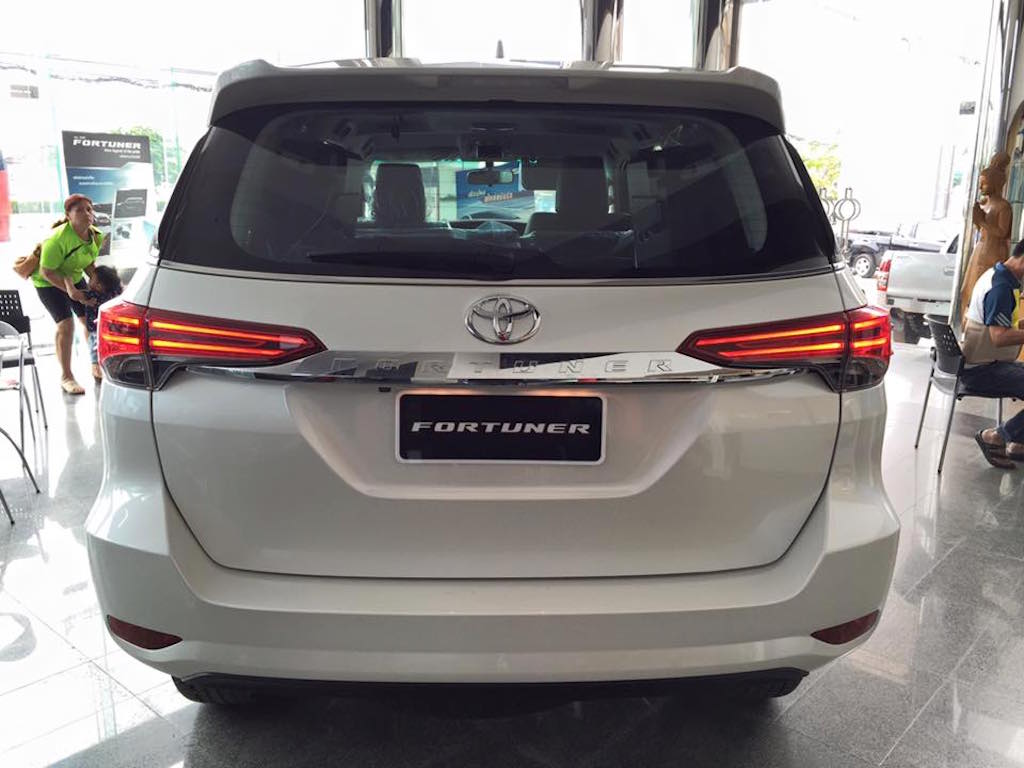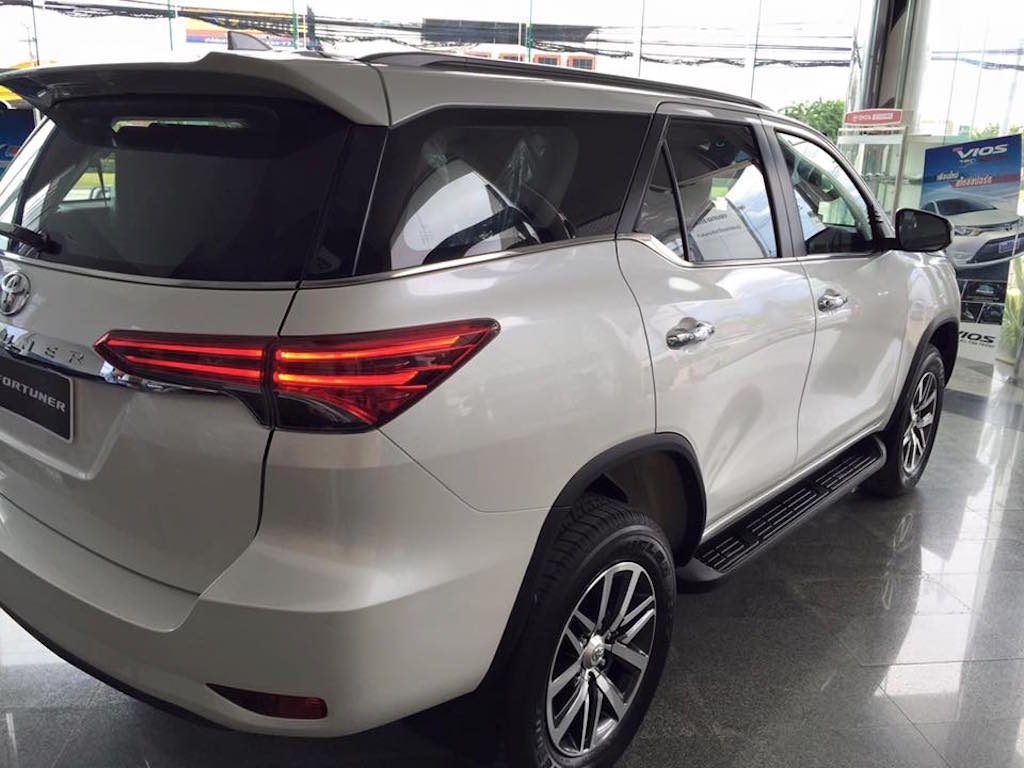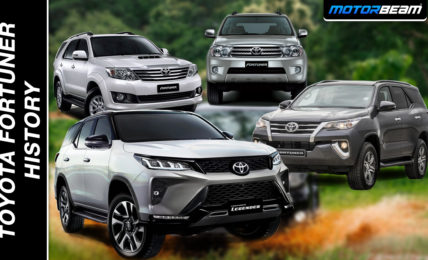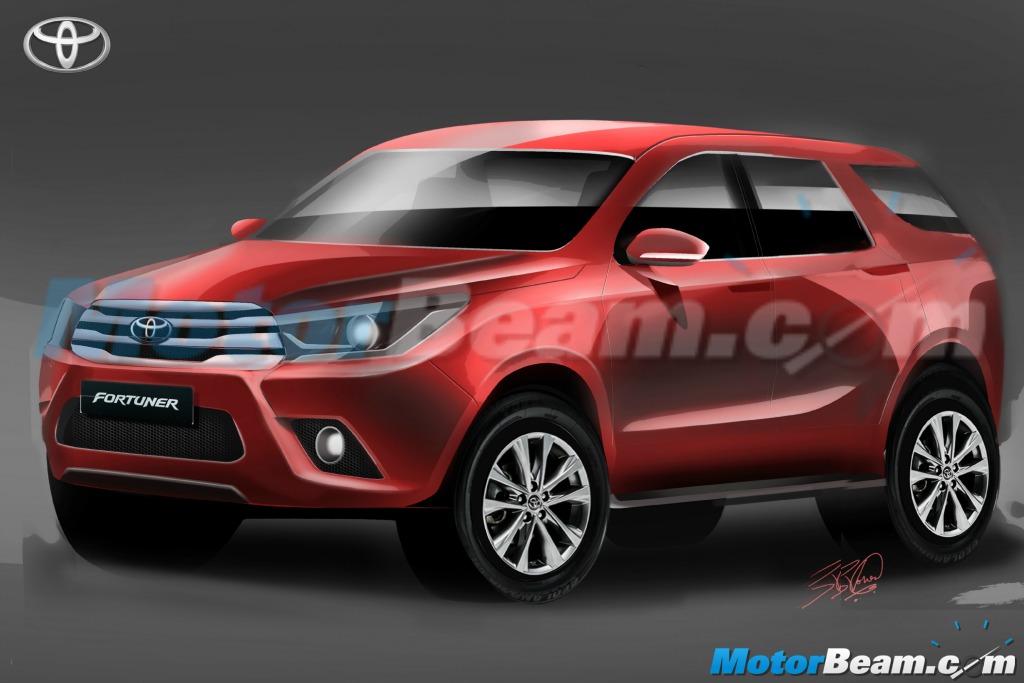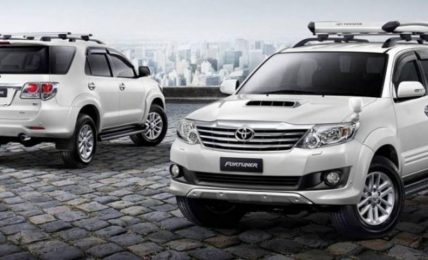The 2016 Toyota Fortuner witnesses major improvements on all fronts while the design has evolved into an urban profile that takes time to grow on you.
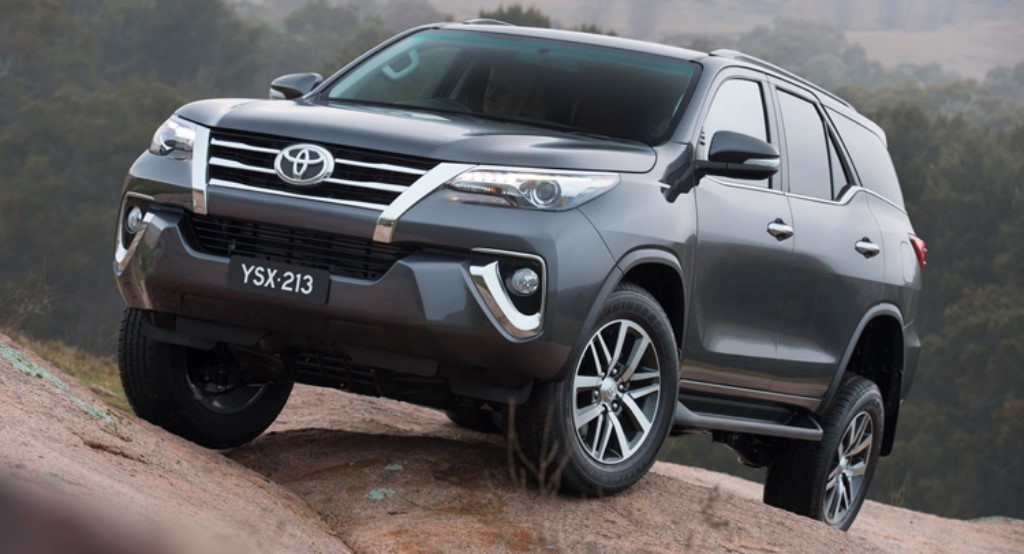
The Toyota Fortuner needs no introduction in India given the overwhelming popularity of the premium SUV in the country. Despite new competition and age setting in, the Fortuner continues to dominate the segment and has worked up a new generation version that recently launched in Thailand and Australia and will make its Indian debut next year. With the current version having been such a successful product, here is a quick comparison between the outgoing Fortuner and the new model to make the wait till early 2016 a bit more interesting.
Dimensions – The existing Fortuner has been always known for its overwhelming proportions and the 2016 model does not disappoint on this front. The premium SUV has grown 90 mm in length, 15 mm in width, while the overall height has been reduced by 15 mm over the outgoing model. The wheelbase though continues to be the same at 2750 mm. Talking about the ground clearance, the new Thai spec 2016 Fortuner is considerably lower at 193 mm when compared to the 220 mm seen on the outgoing model.
Interiors – The existing model has always been criticised for its paltry interiors and this is where the new model shines bright. The 2016 Toyota Fortuner gets a new dashboard complete with a multi-function steering wheel with paddle shifters, touchscreen infotainment system with navigation, leather upholstered seats and much more. Safety features are in abundance with 7 airbags, electronic safety assists, Bi-LEDs, DRLs, keyless entry and much more, all of which are missing on the current model.
Engines – The outgoing Toyota Fortuner is available with two diesel engine options namely a 2.5-litre producing 144 PS and 343 Nm of torque, while the larger 3.0-litre unit makes 171 PS and 343 Nm (360 Nm for the automatic version). In comparison, the 2016 Fortuner is powered by the new GD family of engines that are smaller in cubic capacity, but offer more power and torque output. The smaller 2.4-litre four-cylinder diesel engine makes 150 PS and 400 Nm of torque, while the larger 2.8-litre unit churns out 177 PS and 420/450 Nm.
Transmissions – While the existing Toyota Fortuner used a 5-speed manual and automatic transmission options, the next generation model gets a 6-speed manual and automatic gearbox. These new units will also help extract better fuel efficiency from the engines, while also aiding in improved highway performance.
Prices – Launched in Thailand, prices for the 2016 Toyota Fortuner are more or less the same as its predecessor (between an Indian equivalent of Rs. 21-24 lakhs), but you get a host of more features for the same price. In India though, expect the new generation Fortuner to command a marginal premium over the existing version with a high possibility of some features being given a miss. The model will continue to come via the CKD route and will be assembled at the automaker’s facility in Bidadi, Karnataka.
